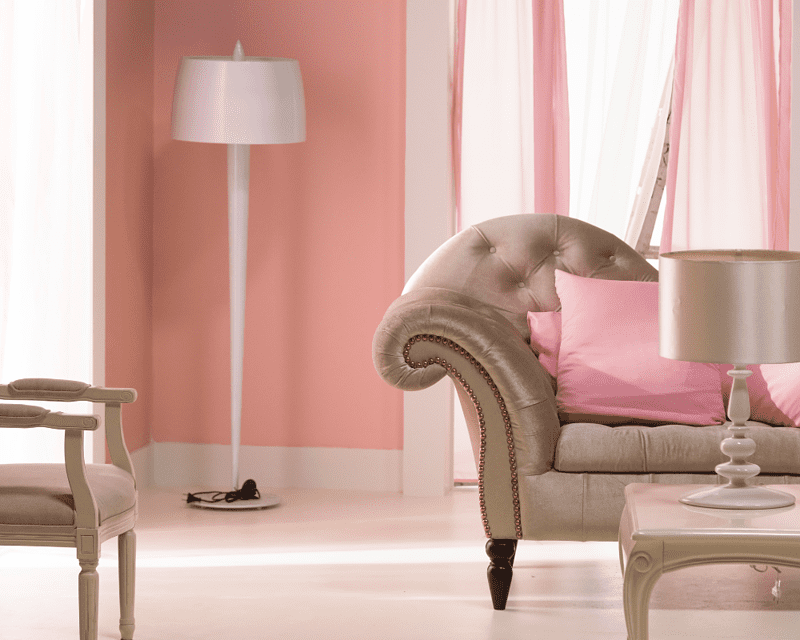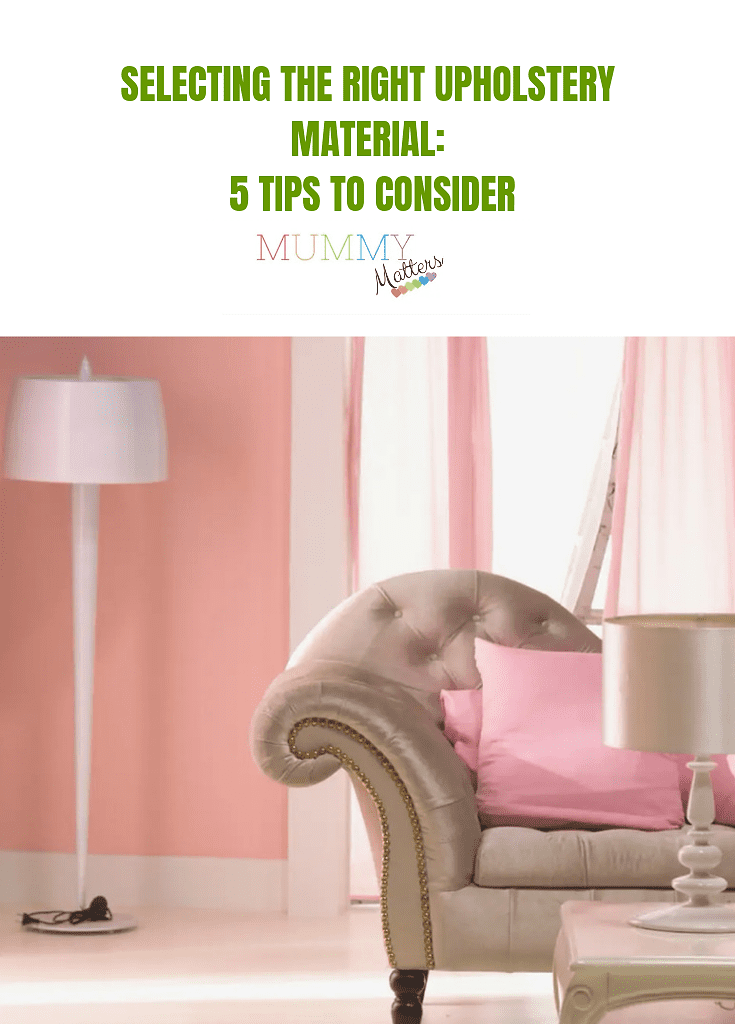Upholstery materials can make a big difference to a room’s overall look and feel. The fabric you choose will determine how comfortable and durable your furniture is and its aesthetic value.
You want to select upholstery fabric that suits your lifestyle and complements your interior design. To help you find the perfect material for your home, here are some tips for selecting the right upholstery material.
1. Choose the Appropriate Colour and Pattern

Colour is one of the most powerful elements in interior design. Consider Linwood upholstery fabrics for a vibrant colour selection.
Look at the colours already present in the room, such as wall paint and carpets, and choose upholstery fabrics that complement these tones. For example, if the room has dark blue walls, pick a lighter colour for the furniture fabric to add contrast.
Don’t be afraid to experiment with patterns too. Large or bold patterns will create a statement in an otherwise plain room, while smaller and simpler prints can act as subtle accents.
If you’re daring enough, you can even mix and match prints to create a unique look. Just make sure that the colours and patterns don’t clash with each other.
2. Know the Different Upholstery Materials
Each upholstery fabric has its own advantages and disadvantages. Natural fibre characterises durability and comfort, while synthetic fabrics are usually low-maintenance and budget-friendly.
Overview of popular upholstery materials:
- Leather – Stylish and hard-wearing, but must be treated regularly.
- Velvet – Luxurious and soft to the touch, but can be difficult to clean.
- Linen – Strong and breathable but prone to wrinkles.
- Polyester – Stain-resistant and cost-effective, but less durable.
- Cotton – Breathable and durable but susceptible to fading.
When shopping, consider asking for a sample fabric to test before making your purchase.
3. Balance Beauty with Function
While you want your upholstery materials to look beautiful, it’s also important to consider their practicality. Different upholstery materials are better suited for certain types of rooms.
For example, a family living room with children or pets should use more stain-resistant fabrics and be easy to clean. A formal living room or dining room can use luxurious velvet or silk upholstery fabrics for an elegant look.
Light-coloured fabrics should be avoided if you’re expecting your furniture to receive heavy usage. Instead, choose darker shades that can better hide dirt and marks.
4. Pay Attention to the Ratings
Upholstery materials come with various ratings that show their durability and performance. Most fabrics likely come with a Martindale rub test rating which indicates the fabric’s resistance to abrasion.
To give you a general idea, let’s look at the following ratings:
- 10,000 – 20,000: Light duty. Suitable for occasional use in low-traffic areas.
- 20,000 – 30,000: Medium duty. Suitable for everyday use and moderate traffic areas.
- 30,000+: Heavy duty. Suitable for commercial spaces and high-traffic areas.
You may also come across other ratings, such as the Wyzenbeek test or the Pilling resistance rating. Other important features to consider are the fabric’s flammability, moisture resistance, and light fastness ratings.
4. Think About Texture Comfort

When shopping for furniture fabric, don’t forget to consider how it feels. This is especially important if you’re looking for upholstery fabric for chairs or sofas that will be used frequently.
Fabrics with a smooth texture may look sophisticated but can be slightly uncomfortable when you sit on them.
To add comfort, try opting for fabrics with a softer texture, such as velvet. Similarly, fabrics with a loose weave are more breathable and will help keep you cool in the summer.
If you’re shopping for outdoor furniture, opt for synthetic fabrics such as polyester, which are more resistant to the elements.
5. Consider Maintenance and Cleaning Requirements
Always consider your lifestyle when selecting upholstery fabrics, as some materials may require more effort than others to maintain their original beauty.
Some fabrics may only require spot cleaning, while others can be machine-washed. Natural fabrics like cotton and linen require more maintenance than synthetic fabrics.
Keep in mind most fabrics need to be deep cleaned at least once a year to keep them looking their best.
Conclusion
Choosing a material that is suitable for your lifestyle and complements the style of your house is essential. Be sure to consider these factors before making a final decision on which upholstery material to select. With careful consideration and research, you can find the perfect fabric to make your house both functional and stylish.

